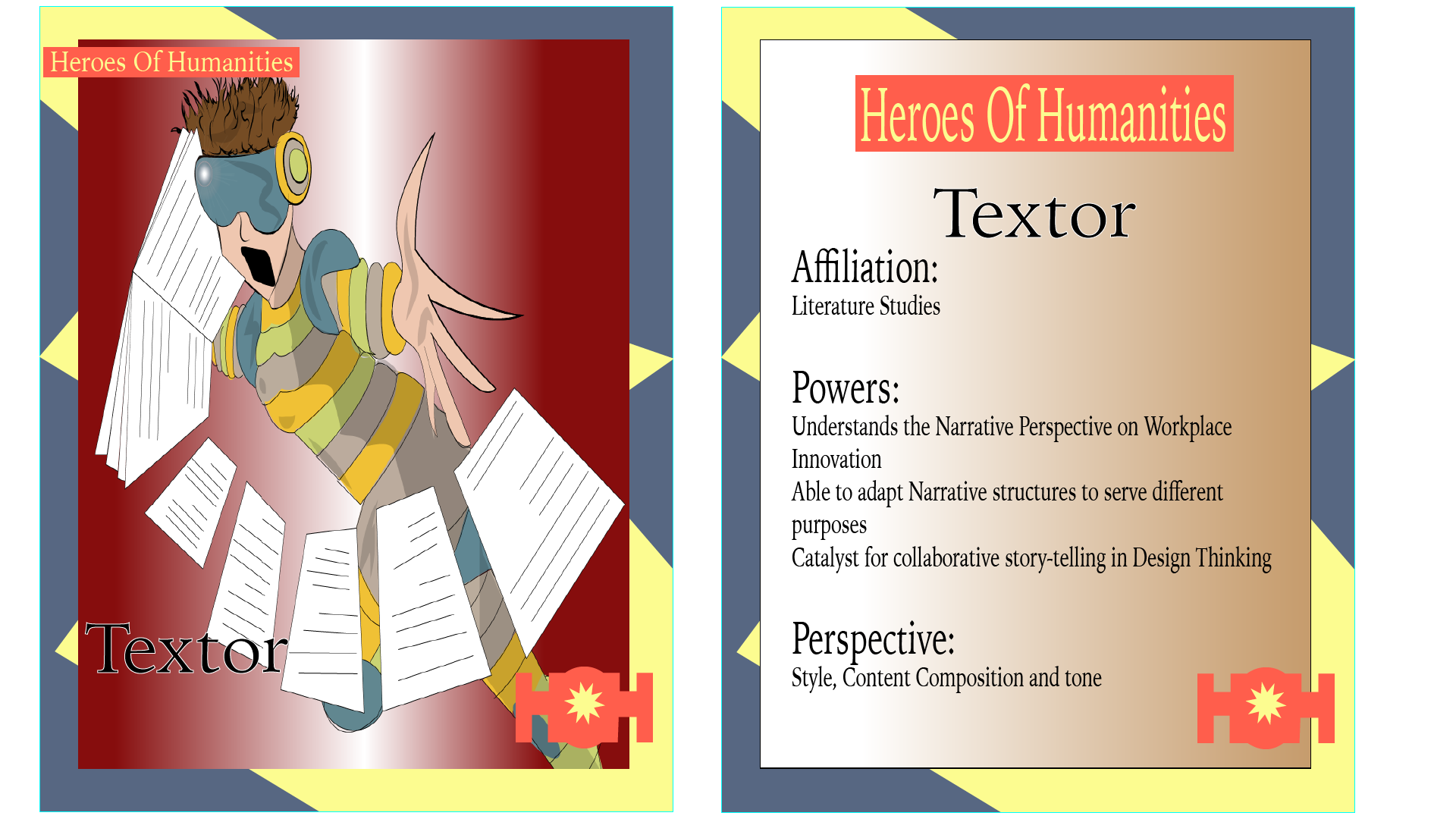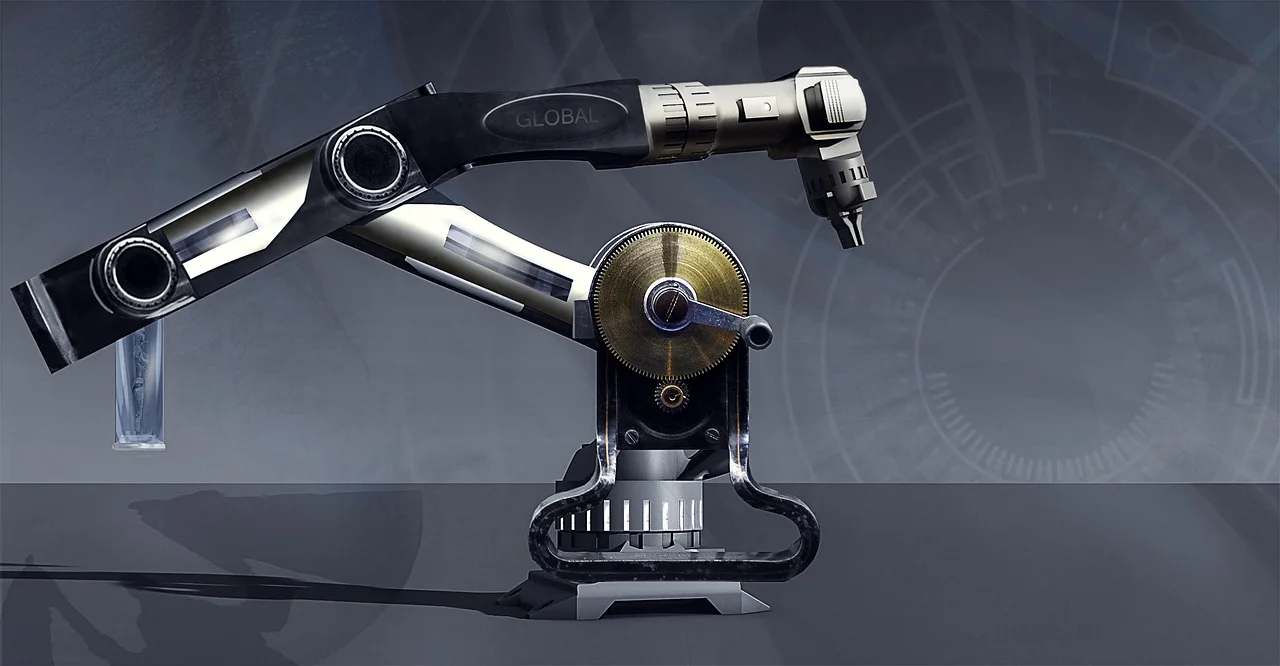The WINCan initiative – Workplace Innovation Network for Canada – began in 2015. Tom Carey, former AVP at the University of Waterloo and Blake Melnick, CEO/CKO of the Knowledge Management Institute of Canada (KMIC) met to discuss Canada’s poor track record of innovation relative to other developed countries, and the present ability of post-secondary institutions to meet the demands of a workforce facing exponential change:
This is Community Innovation
Beyond Stickies, Sharpies and Innovation Theatre
Using productive disruption in higher education
Jessica Riddell is an award-winning teacher at Bishop's University, Executive Director of the Maple League of Universities and project leader for their WINCan partnership. In this edition of her University Affairs column, Jessica explores how collaboration across institutions and sectors is bound to be disruptive for academic partners:
An Overview of Community Innovation Trends - Part One: Design-Based Approaches
In this post, Galen MacLusky, Consulting Director of the Tamarack Institute’s Community Innovation Idea Area links to his research note on Community Innovation Trends. If you're not familiar with the Community Innovation notion, it refers to a particular form of social innovation that is place-based – within the specific geography of a community.
Insights on Academic-Workplace Collaborations for Innovation Capability
The danger of fetishizing failure in the academy
Jessica Riddell is an award-winning teacher at Bishop's University, Executive Director of the Maple League of Universities and project leader for their WINCan partnership. In this edition of her University Affairs column, Jessica writes about the need to provide safe spaces for students to experience and learn from failure, while exploring the dangers of "normalizing failure without taking a hard look at the system within which it happens".
Reflecting on Workplace Innovation for BioEngineering Technology and Services
In this post, Kevin Joslin, undergraduate BioEngineering student and Research Assistant with medical devices at the University of California San Diego, shares a student’s perspective on workplace innovation in the context of bio-engineering and technology services.
When I think of innovation, I always think of the product as new technologies and ideas, instead of the process of innovation itself. From my brief dive into a seeming Renaissance of new innovation and product development methods, I have seen the importance of further developing the way we approach inventiveness and technological progress.
How Can a Narrative Perspective Add Value to Innovation as a Social Process?
How can an understanding of Narrative add value to workplace innovation as a social process?
That’s the key question driving our development of a new learning resource on Narrative Perspectives for Workplace Innovation. Our team at Kwantlen Polytechnic University – English professor Jennifer Williams and myself as a recent B.A. graduate – are part of a Learning and Teaching Innovation initiative within the Faculty of Arts. Our aim is to equip graduates with an interdisciplinary perspective on innovation as a social process, so they can contribute distinctive value to innovation projects in the workplace (and in their other roles as community members and global citizens).
Lifting the Blinders on Innovation
WINCan workplace partner Galen MacLusky, Director of Community Innovation for the Tamarack Institute, discusses how taking the time to explore why you want to innovate can help you expose potential pitfalls that otherwise may have been missed. Galen describes three different community innovation drivers and the various risks that accompany each. With each risk, Galen provides some common questions that can help you uncover where a focus on innovation may take you away from your goals. (originally posted this month on the Tamarack Institute website).
When Students Get Creative with Work-Integrated Learning in Workplace Innovation
Introducing Innovation Adaptation Capability in Higher Ed Classes
In this post, Tom Carey and two of our B.C. academic team members – Jennifer Williams from English and Kyle Jackson from History, describe their initial pilot projects in which students engaged in reflection on their experiences in adapting their work practices – for learning – to align with new teaching and learning methods and their own personal approaches to learning.
Applying new ways of thinking in future work tasks: an Industry 4.0 example
We know that as the future of work and workplace continues to evolve at a fast pace, our graduates will need to adapt to working with new knowledge, new knowledge practices and formats, and new work roles and structures. While we can’t anticipate the form and timing of these changes, we can consider some that are already apparent and how our academic institution might adapt to better prepare learners for change and innovation.
Academic & Workplace Partners Collaborating on Innovation Capability
This post announces the launch of the Developing an Innovation-Enabled Workforce for Ontario project, hosted by York University’s Lassonde School of Engineering and supported in part by the Skills Catalyst Fund of the Ontario Ministry of Training, Colleges and Universities. Academic and workplace partners are introduced and the four key activities of the project plan are outlined.
Introducing Workplace Innovation Capability in Higher Education
One of our key WINCan WOW factors is the concept of using our higher education “workplaces for learning” as experiential learning opportunities in workplace innovation. That is, te introduction of a new teaching and learning practice can become a ‘teachable moment’ for students to develop their skills, knowledge, and mindsets for workplace innovation. In this post, Tom Carey and our pilot project team leader Farhad Dastur describe our initial pilot studies to test and refine this idea, hosted by Kwantlen Polytechnic University as the lead for a planned collaborative effort within the B.C. Association of Colleges and Universities.
Innovation and Indigenous Ways of Knowing
In this post we highlight sample resources we discovered that showed promise in helping us address these goals. These came from multiple research areas, which we characterized under the following headings:
Indigenous Ways of Knowing and “Indigenous-Minded Innovation” as a Social Process
Research evidence on Indigenous Entrepreneurship
Research evidence on innovation within specific indigenous communities
Exemplary practices for incorporating Indigenous Ways of Knowing into higher ed programs
Rethinking the “Educated Core”
This post from June 2017 appeared on the website of the HASS – Humanities, Arts and Social Sciences – Futures project in Australia, as part of the lead-up to the September 2017 National Forum on the Future of the B.A. Tom’s subsequent presentation at the Forum on our WINCan preliminary work led to our collaboration with two Australian university partners (the University of Queensland and Monash University).
IBM Design Thinking Badges
Industry 4.0: Accelerating an Evolution in Employee Capability and Institutional Agility
In this article, originally posted in Academica Forum, Thomas Carey and KPU Vice-President Salvador Ferreras discuss how educational institutions are and need to respond to the rapid acceleration of “Industry 4.0”. The rapid pace of change will require our educational institutions – from primary to post-secondary – to revisit how we can best foster innovation, agility and adaptability to a new industrial and economic reality.
Is the Future of Liberal Arts Programs “K-Shaped”?
In this article, originally posted to Inside Higher Ed, WINCan’s Co-Principal Catalyst Thomas Carey makes the case that adding depth to student learning by integrating outcomes from the liberal arts into all post-secondary programs is not enough to prepare graduates for the workplace. Instead, he argues that institutions need to also integrate Knowledge practices to ready graduates for workplace success.
























